Did you know that a company’s inventory waste might lock away 30-40% of its cash? This is just one issue in lean manufacturing. It’s part of seven types of waste that hurt profits and efficiency. These ideas come from Taiichi Ohno’s 丰田生产系统. They include Transport, Inventory, Motion, Waiting, Overproduction, Overprocessing, Defects, and 8th more recent one, Unused Employee Potential. The goal is to find and remove activities that don’t add value in manufacturing.
Lean manufacturing aims to cut waste and boost sustainable, efficient production. Every waste type uses resources and creates costs that don’t help the product or service much. By tackling these wastes, companies can greatly improve how they operate. They can reduce expenses and boost production quality.
关键要点
- Inventory waste can tie up as much as 30-40% of a company’s working capital.
- Waiting times in production can lead to up to 90% of the total production time being non-value-added.
- Overproduction can account for roughly 15-30% of all production costs in a manufacturing setting.
- Defects can result in rework costs up to 5-20% of total sales in a given industry.
- Unused employee potential can cause a productivity loss ranging from 10-30% depending on the industry.
Introduction to Lean Manufacturing and Waste
Lean manufacturing aims to cut lean process waste while keeping production high. It started with the 丰田 Production System (TPS), thanks to Shigeo Shingo and Taiichi Ohno. The focus is on making processes better all the time, a concept known as ‘Kaizen’.
It’s all about getting rid of waste, making quality better, cutting costs, and saving time. This makes manufacturing more efficient.
What is Lean Manufacturing?
Lean manufacturing is about making quality products and getting rid of waste. Japanese companies, like Toyota, lead the way. John Krafcik made the term “lean manufacturing” popular in 1988. James Womack, Daniel T. Jones, and Daniel Roos talked more about it in their 1990 book.
The main goal is to streamline processes. This increases value while using fewer resources like manpower, materials, and time.
Understanding Waste in Lean Manufacturing
Waste, or “muda”, is anything that doesn’t bring value to the customer. According to the Toyota Production System, there are seven waste types: transport, inventory, motion, waiting, overproduction, overprocessing, and defects. Each one ups costs and cuts efficiency. For example:
- Transport Waste: Moving materials more than needed adds to production time and costs.
- Inventory Waste: Too much stock uses up money and space without adding value.
- Motion Waste: Workers moving inefficiently can slow down production.
- Waiting Waste: When things aren’t ready, everything stops.
- 生产过剩: Making too much means extra inventory and higher storage costs.
- Overprocessing: Extra features that customers don’t want raise production costs without adding value.
- 缺陷: Faulty products need fixing or throwing away, which costs more in materials and labor.
By tackling these lean waste management issues, companies can make their operations smoother, cheaper, and more efficient.
Transport Waste in Lean Manufacturing
Transport waste in lean manufacturing is about moving products and materials unnecessarily within a facility. These movements don’t add value. This type of waste happens often, making production slower and less efficient.
Examples of Transport Waste
There are many examples of transport waste. One is using forklifts to move pallets of products. Another is trucks moving products between different work sites. In services, it can look like sending paper forms for signatures through interoffice mail.
Healthcare sees it when patients are moved too much between rooms. These movements are costly and don’t help create value. Thus, they lead to waste in lean production practices.
Strategies to Reduce Transport Waste
To cut down waste, companies need smart strategies. They can make their facility layouts more efficient, reducing the distance between stations. Better material handling, like using conveyors or automated vehicles, helps too.
Also, adopting “5S” practices can spot and remove smaller wastes. This improves productivity greatly. Such steps make processes smoother and faster, benefiting the whole production line.
Inventory Waste: The Hidden Cost
Inventory waste often goes unnoticed in lean waste analysis. It is the excessive stock, materials, or work-in-progress that uses space and money needlessly. It happens in physical business areas and in digital spaces like email or cloud storage. Cutting down on inventory waste is key to improving a business’s efficiency and finances.
it extremely frequent, and a natural behavior to have operators saying: “I currently have a bit of spare time, i will assemble additional products and stock them ASIDE FOR LATER”
Impact of Excess Inventory on Business
Having too much inventory hurts a business in many ways:
- It ties up a lot of working capital that could be used for growth.
- It leads to warehousing costs, including space, insurance, and handling fees.
- It causes stock items to lose value through depreciation or expiration.
- It can result in having to write off or dispose of outdated inventory.
“Inventory is money sitting around in a different form.” – Rhonda Adams
But it’s not just physical goods that can create waste. Digital storage and management costs can also add up. Managing data efficiently is crucial to avoid these extra expenses. So, using lean waste reduction strategies is essential.
Methods to Manage and Reduce Inventory Waste
To tackle inventory waste, lean waste analysis pinpoints where it occurs. Here are some ways to deal with it:
- 及时 (JIT) Production: Order materials only when necessary, minimizing unused raw materials and products.
- Value Stream Mapping (VSM): This tool visualizes waste in the production process to eliminate unnecessary stock.
- Engagement of Frontline Workers: Getting suggestions from workers can find new ways to cut inventory waste.
Using these strategies helps cut costs and streamline business operations. Reducing excess inventory lowers both internal and external expenses. This leads to a more profitable and sustainable business.
Reducing Waste in Lean: Motion
In lean manufacturing, motion waste means unnecessary employee movements. These movements can happen because workspaces are set up poorly. Fixing this boosts productivity by cutting down on wasted action.
The main goal in lean is to remove waste, especially actions that don’t add value for the customer. Motion waste can be repetitive tasks or poor production floor routes. By improving layouts, we can get rid of most motion waste.
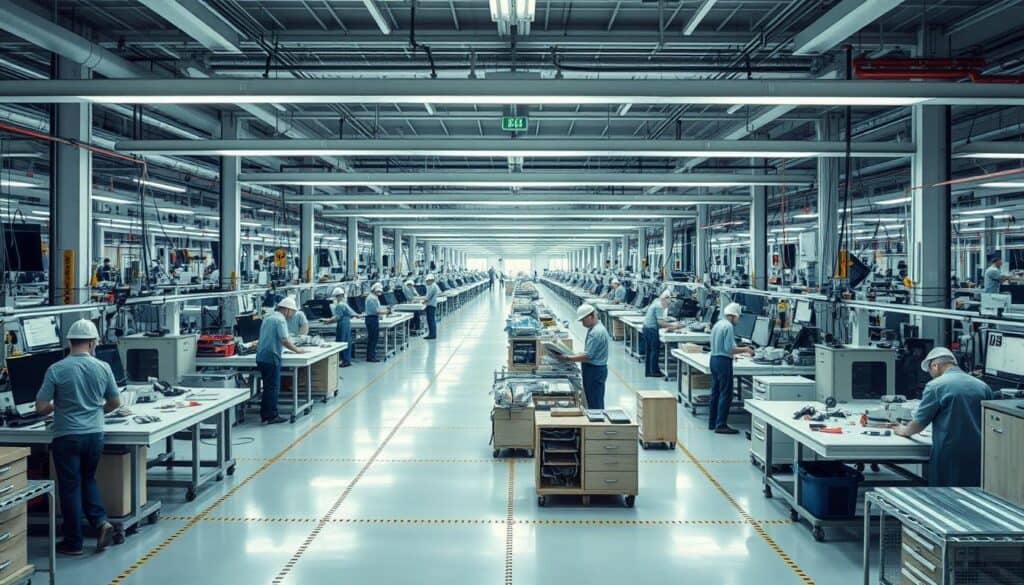
To fight motion waste, lean uses several tactics. Value stream mapping helps by showing processes and spotting wasteful steps. The 5S principles keep places tidy and efficient.
使用 人体工学 setups also helps reduce motion waste. It makes work easier by limiting how far people have to walk and awkward positions they must avoid. This streamlines production, raising productivity and lowering costs.
Here are some...
您已阅读了文章的 28%。其余部分为社区内容。已经是会员? 登录
(同时也是为了保护我们的原创内容不被机器人搜刮)。
创新世界社区
登录或注册(100% 免费)
查看本文其余部分以及所有会员专享内容和工具。
只有真正的工程师、制造商、设计师和营销人员才是专业人士。
没有机器人,没有仇恨者,没有垃圾邮件发送者。
常问问题
What are the 7 wastes of lean?
The 7 精益浪费 come from Taiichi Ohno’s Toyota Production System. They are Transport, Inventory, Motion, Waiting, Overproduction, Overprocessing, and Defects, or TIMWOOD. There’s also an eighth waste, which is not using employee potential fully.
How can organizations manage lean waste effectively?
Managing lean waste is doable with Just-In-Time (JIT) production, constant improvement efforts, and training employees. Also, analyzing waste deeply and setting up special teams for reducing waste can boost efficiency a lot.
What is considered transport waste in lean manufacturing?
Transport waste is when products or materials move too much inside a place. It doesn’t help the product in any way. Issues like long routes, too many transfers, and poor layout can cause this waste.
Why is excess inventory considered waste in lean manufacturing?
Having too much inventory uses up money, takes up space, and may lead to items not being used. It’s better for businesses to use resources more wisely. Strategies like Just-In-Time (JIT) production help in reducing inventory waste.
What causes motion waste in lean production environments?
Motion waste happens when work areas aren’t set up well, making people move more than needed. Making workspaces more efficient and designing them better can cut down on this type of waste.
How can waiting waste be eliminated in lean manufacturing?
Waiting waste can be cut by making work flows smoother, scheduling better, keeping equipment in good shape, and making sure production lines are balanced. This avoids delays or issues that stop work.
What is overproduction and why is it harmful in lean manufacturing?
Overproduction means making more products than customers want. This leads to having extra items and more storage costs. Aligning production with what customers actually need and improving forecasting can prevent this.
How can overprocessing be identified and reduced in lean manufacturing?
Overprocessing is when a product gets more work done on it than what the customer asked for. It can be spotted by looking closely at production steps and what customers want. Simplifying the process and sticking to customer needs can reduce it.
What are the true costs associated with defects in lean manufacturing?
Defects mean wasted materials and time, plus customers might get upset, and a company’s 美誉 could suffer. To lower the chances of defects, it’s crucial to have strong quality control, watch processes closely, and train employees well.
How can case studies help in understanding lean waste reduction?
Case studies show how 精益原则 have really helped cut down waste. They give examples and show the benefits of using these principles in various industries.
What are the best practices for building an effective waste reduction team?
Create a team from different departments, make sure everyone knows their job, and keep on training them. The team should watch over everything, find ways to improve, and help the whole organization keep getting better.
How can organizations tap into unused employee potential to enhance efficiency?
Get employees in on decision-making, offer training, mix up tasks, and see what everyone does best. Using what every employee can really do will make the whole operation run smoother.
External Links on Reducing Wastes In Manufacturing
(将鼠标悬停在链接上即可查看内容描述)
术语表
Gemba Walk: 一种管理实践,涉及领导者访问实际工作地点以观察流程,与员工互动并发现改进机会,培养持续改进和解决问题的文化。
Industrial Internet of Things (IIoT): 工业环境中互连的设备和传感器网络,用于收集、交换和分析数据,以提高运营效率、改善决策并实现制造、供应链和其他工业流程的自动化。
Internet of Things (IoT): 一个由嵌入传感器、软件和其他技术的互连设备组成的网络,使它们能够通过互联网收集和交换数据,促进各种流程和系统的自动化、监控和控制。
Just In Time (JIT): 一种生产策略,旨在通过仅在制造过程中需要时接收货物来降低库存成本,从而最大限度地减少浪费并提高效率。
Overall Equipment Effectiveness (OEE): 用于评估制造流程效率的指标,通过将可用性、性能和合格率相乘得出。它可以识别损失,从而提高生产力和运营效率。
Single Minute Exchange of Dies (SMED): 一种精益制造技术,旨在将设备设置时间缩短至十分钟以内,实现生产运行之间的更快转换,并通过简化流程和最大限度地减少停机时间来提高整体效率。
Standard Operating Procedure (SOP): 一套分步说明,旨在帮助工人持续高效地执行日常操作,确保遵守法规和质量标准。
Total Productive Maintenance (TPM): 一种强调主动和预防措施的整体设备维护方法,让所有员工参与,通过持续改进和团队合作最大限度地提高生产力、减少停机时间并提高整体设备效率。
Toyota Production System (TPS): 一种强调减少浪费、持续改进和高效生产流程的制造方法,利用准时制生产和自働化等技术来提高质量和运营效率。
Value Engineering (VE): 一种系统化的方法,通过分析项目功能、降低成本、提升性能,在不牺牲质量或可靠性的前提下提升项目价值。它需要跨学科团队合作,以识别和实施具有成本效益的替代方案。
Value Stream Mapping (VSM): 一种可视化工具,用于分析和优化流程中的物料和信息流,识别增值和非增值活动,以提高效率并减少浪费。
Work in Progress (WIP): 生产过程中部分完成的物品,包括原材料、人工以及达到一定程度的间接成本。这些资产尚未成为成品,对于跟踪生产效率和库存管理至关重要。
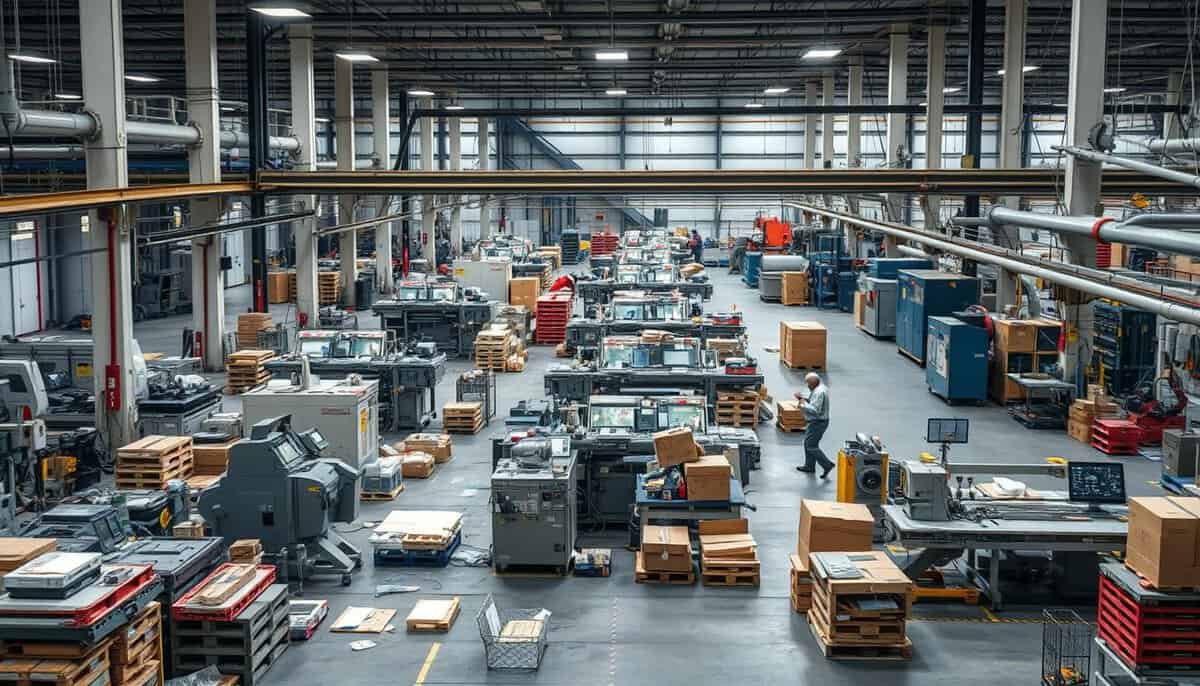



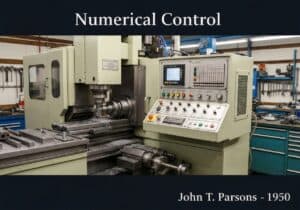

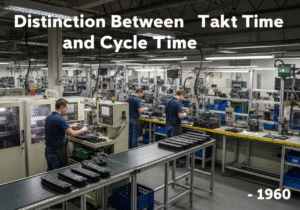

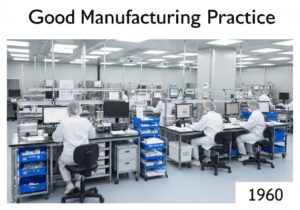
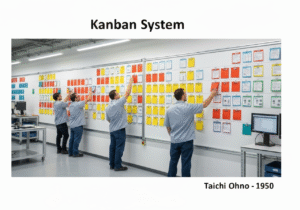


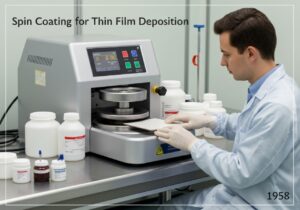

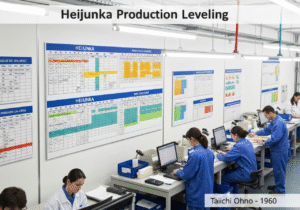
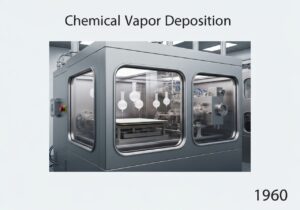

















eal-world examples of companies successfully implementing these lean strategies would offer valuable insights for those looking to replicate their successes.
great job!
unused employee potential Is a critical form of waste in lean management